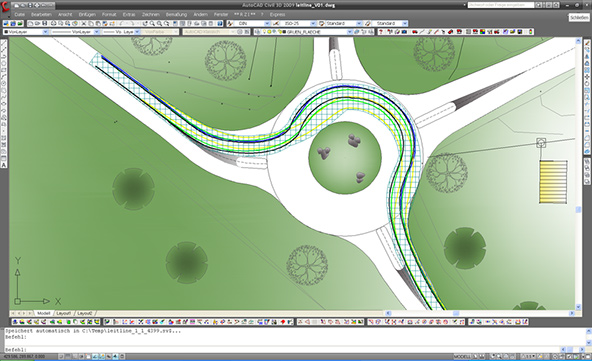- BricsCAD® delivers modern and innovative 2D CAD, 3D Modeling, BIM & mechanical design workflows, all in one easy-to-own product. BricsCAD runs on Windows, macOS and Linux, with cost-effective perpetual licenses – or, you can rent BricsCAD if that makes sense for your business.
- The power of 3D Direct Modeling in BricsCAD lets you choose how you work. Design Efficiently. Create parametric components from constrained 3D solids, and use them across your designs. Import data from popular MCAD formats, such as Solidworks, Inventor, and Creo.
- BricsCAD uses the Redway3D graphics system to deliver great display performance for 3D graphics. PDF and Big TIFF underlays BricsCAD uses a multi-resolution, persistent image cache to display PDF underlays, enabling super-fast zoom and pan operations.
I know BC isn't quite a general-purpose 3D modeling application (and I'm hardly the most knowledgeable user) but I've done quite a few 'artist's concepts' for potential product designs where I work. Couple of examples done with Bricscad (although the rendering was done with version 7, which I think still handles shading better) http://img695.imageshack.us/img695/810/ussvl2.jpg and http://img199.imageshack.us/img199/3008/ussvl3.jpg
Bricscad 3d Printing
For objects that are not in a major plane, it's often easier for me to construct them there -- adding necessary decorations, buttons, indicators, etc. -- and then do one rotation of the whole lot into the final orientation.

Bricscad 3d Models

Tutorial: How to setup the 3DConnexion 3D mouse in BricsCAD. Click here to watch. LookFrom Navigation Tool. The LookFrom tool is displayed in the upper right corner of the Drawing area. It’s comparable to the ViewCube in AutoCAD. Click on different places on the LookFrom tool to display the view from standard viewpoints. Welcome to BricsCAD BIM Academy. A free online course to teach you how to use BricsCAD BIM from the beginning. In part 9, learn how to add constraints and pa.
Bricscad 3d To 2d
Bricscad 3d Templates
For the legs, I'd recommend building them the same way: Extrude the U-channel (for example) to the length needed. Create a 'plug' for the holes and array that along the length then do a 'subtract.' When you're satisfied, move it to the corner of the stand and then do a 3D rotation (or two, if it seems more natural) to position it correctly. Extrude a rough rectangle that you'll use as the subtracter at the top and cut the extra part off. Tada!
